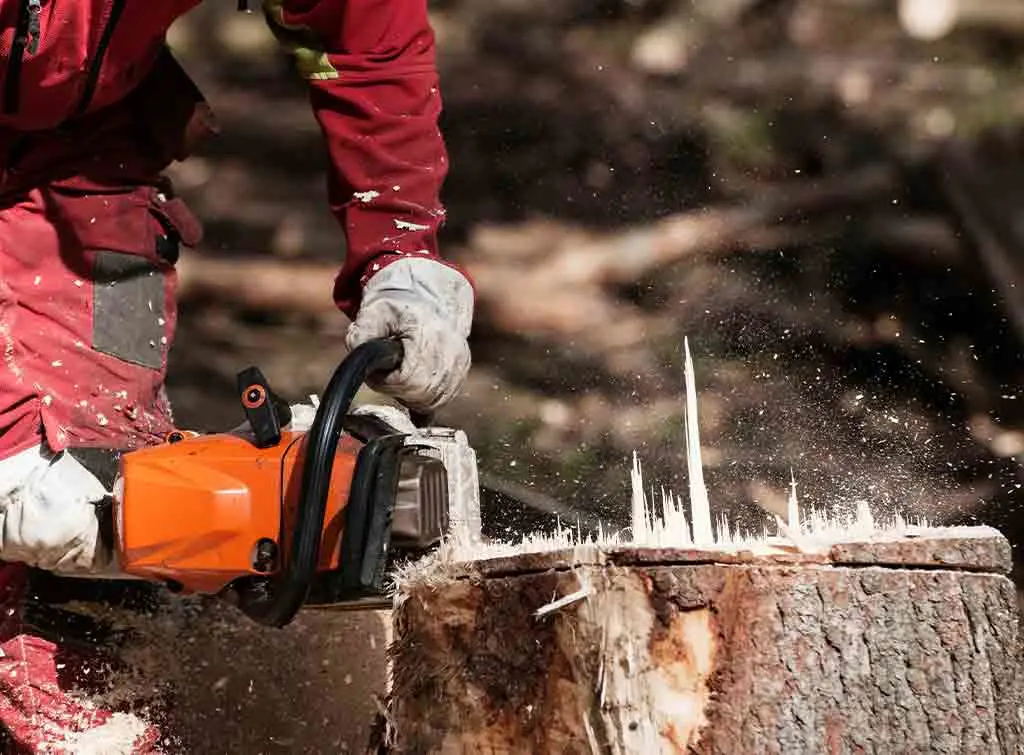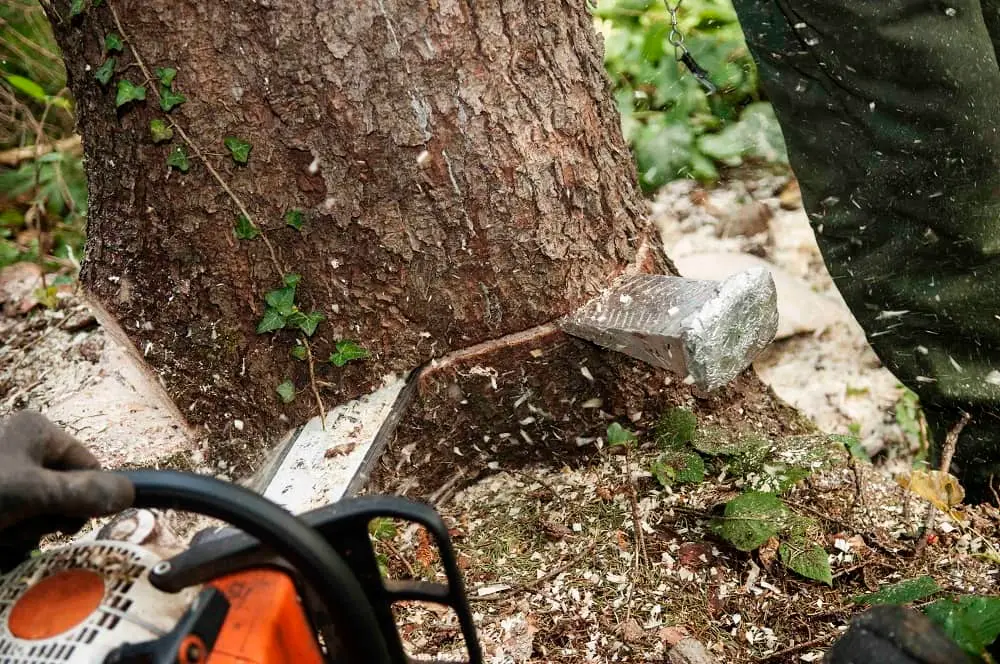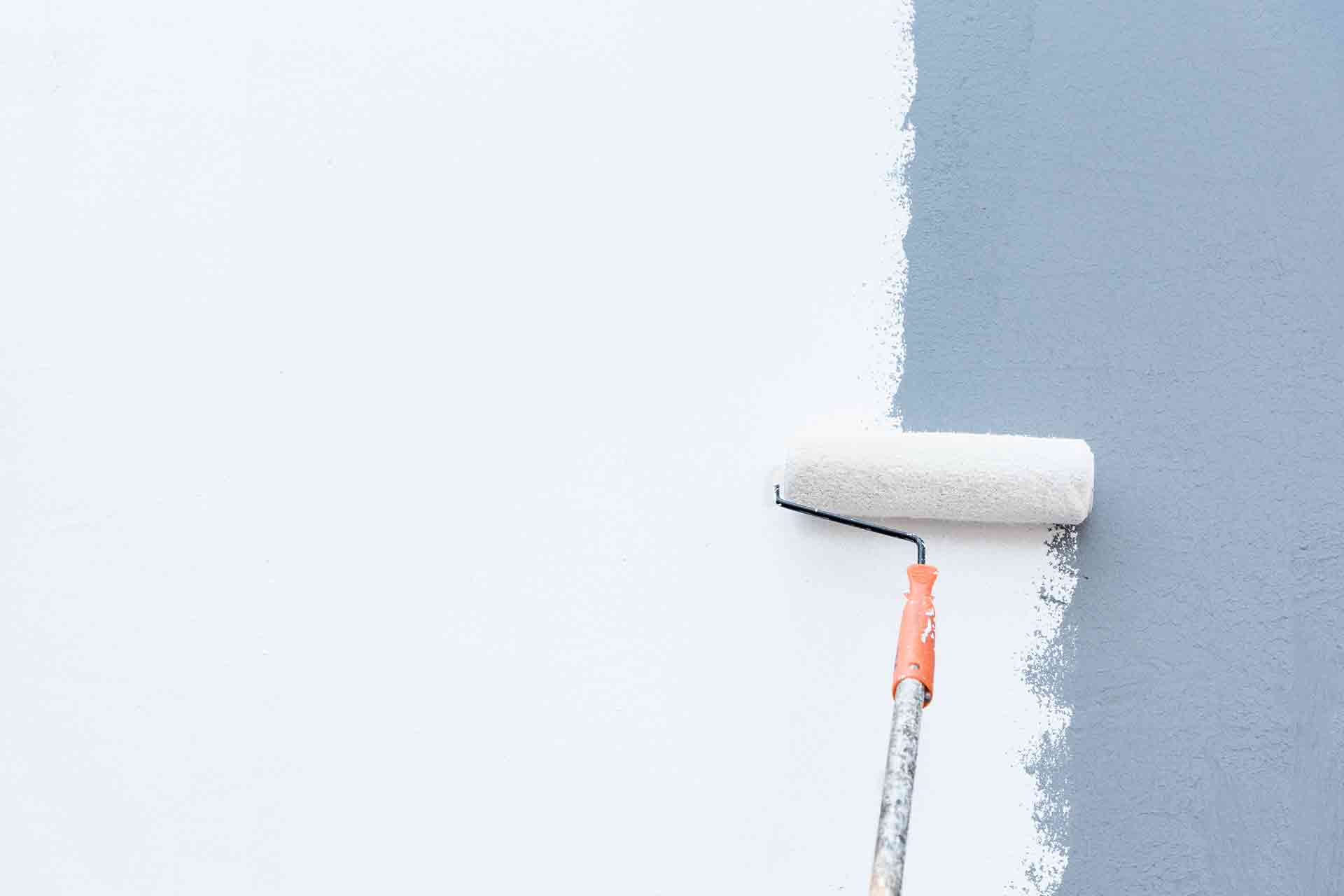Blog>How-To Guides>How to sharpen a chainsaw
Last updated: 25 August 2023
How to sharpen a chainsaw
Working with a tool that's in top-notch condition is satisfying and productive, which is why it's good to know how to sharpen your chainsaw.

A well-sharpened chainsaw is much more satisfying to use that a dull one. It'll cut faster, smoother and with better fuel efficiency, making it much more productive overall.
Not only that but using a dull chainsaw is actually dangerous, as it can cause kickback - one of the most common causes of chainsaw accidents.
Whether you're a tree surgeon, logger or member of a demolition crew, learning how to sharpen your chainsaw in various ways can help you stay productive and safe.
How do you sharpen a chainsaw?

How to sharpen a chainsaw with a Dremel
A Dremel is a rotary tool you can attach to a grinding stone for chainsaw sharpening. It'll only work if the grinding stone has a diameter that fits your chainsaw's teeth, though.
Here's what you'll need for this sharpening method:
Dremel rotary tool
Chainsaw sharpening attachment
Safety goggles
Safety gloves
Workbench
Chainsaw
Once you have everything prepared and you've taken the necessary safety precautions, follow these steps:
Disconnect the chainsaw. For safety reasons, make sure your chainsaw is off or unplugged
Inspect and clean the chain. Look for any broken teeth that might need replacing and clean the chain with a rag
Attach grinding stone. Insert a correctly sized grinding stone into the Dremel
Lock the chain. Fix the chain in place to make sharpening easier
Align the Dremel. Position the grinding stone against the plate of the first tooth. It helps to start with the lead cutter, which is marked with paint
Start the Dremel. Set the Dremel to a moderate speed setting
Sharpen teeth. Run the stone over the tooth's edge a few times until you see silver, then repeat this process for all teeth, rotating the chain as necessary
Switch sides. Flip the chainsaw around and repeat the process for the other side
Inspect, lubricate and test. Check you haven't missed any teeth, apply a small amount of chain oil and test the chainsaw in a safe environment
Your chainsaw should now be perfectly sharp and ready for use. Keep reading to find out how to sharpen your chainsaw in other ways.
See the tradespeople we've checked and recommend for your job
How to sharpen a chainsaw with a file guide
Manually sharpening your chainsaw with a file guide is a slightly different process. Here's what you'll need for this method:
Safety goggles
Safety gloves
File guide
Chainsaw
Workbench with vice
Once you've secured the chainsaw in place and observed proper safety precautions, follow these steps:
Disconnect the chainsaw. Remove the spark plug or unplug your chainsaw
Inspect and clean the chain. Look for any broken teeth that might need replacing and clean the chain with a rag
Lock the chain. Fix the chain in place to make sharpening easier
Start with the lead cutter. So you know where to begin and end, find the lead cutting tooth and sharpen this first. It should be marked with paint
Position the file. Place a round file into the file guide and position it against the cutting edge and top plate of the tooth
Begin filing. Angle the file appropriately and file each tooth with smooth, even strokes pointing away from you
Continue filing. Continue the process for each tooth, always using the same number of strokes. Flip the chainsaw around and do the same on the other side
Inspect, lubricate and test. Check you haven't missed any teeth, apply a small amount of chain oil and test the chainsaw in a safe environment
For safety purposes, we'd always recommend hiring a tree surgeon to cut back trees in your garden.
See the tradespeople we've checked and recommend for your job
More How-To Guides
See the tradespeople we've checked and recommend for your job



